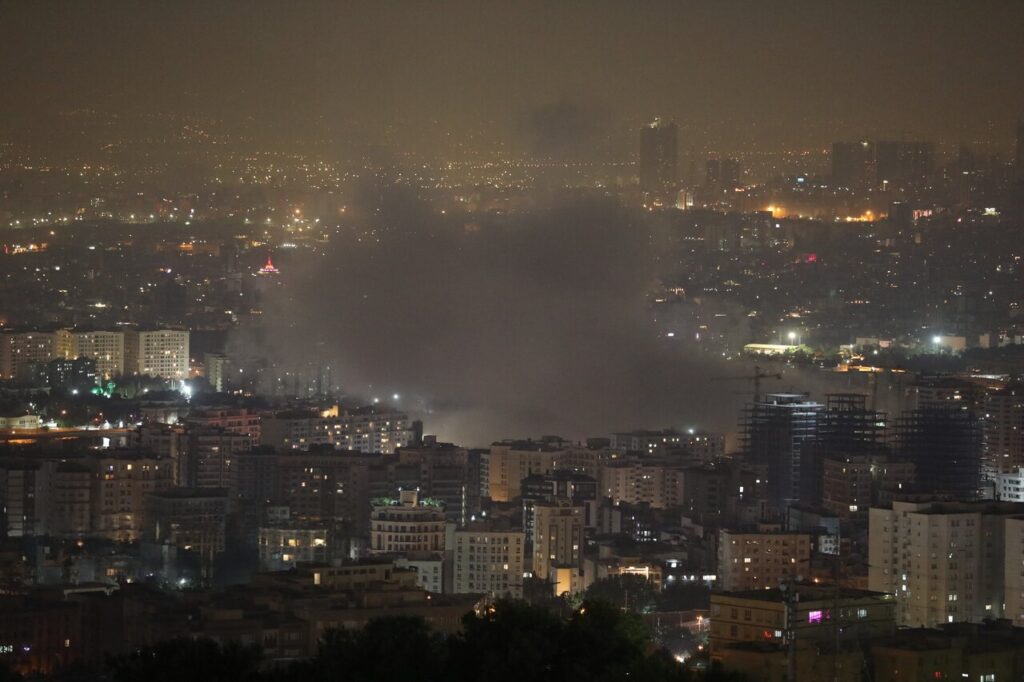Rising Tensions Between Iran, Israel — and the Growing Role of the U.S.
Tensions in the Middle East have escalated sharply in recent days. Israel launched a series of operations against Iran’s military infrastructure. Iran responded with drones and missiles targeting Israeli territory. As the exchange continues, the United States is stepping closer to direct involvement.
Why Is the U.S. Involved?
- Officially: U.S. leaders say they were informed of Israel’s plans but did not participate.
- Privately: Former President Trump has acknowledged knowledge of the operation and claimed he previously blocked a strike on Iran’s top leadership.
- Military posture: U.S. warships, fighter jets, and bombers have been moved into position throughout the region.
- Public statements: The U.S. has issued strong warnings to Iran and called for de-escalation, while also backing Israel’s right to defend itself.
What’s Happening on the Ground?
- Recent Israeli military operations have targeted suspected nuclear and missile sites in Iran.
- Iran’s response included launching drones and ballistic missiles toward Israeli cities and strategic locations.
- Iran has reportedly suffered significant losses. Israeli defense systems intercepted most of the incoming threats, though some damage occurred — including to at least one aircraft.
- Compared to previous clashes, this round is more intense, with greater firepower and higher stakes.
Could the U.S. Be Drawn In Further?
- Deployment: U.S. carrier groups, surveillance aircraft, and refueling tankers are now operating near the region.
- Operational support: U.S. forces have assisted in intercepting threats aimed at Israeli targets.
- Political tension: Some U.S. officials advocate restraint, while others are pushing for a stronger response if American interests are threatened.
- Potential flashpoint: If Iran targets U.S. personnel or facilities, Washington could be pressured into a direct military response.
Where Things Could Go Next
At the moment, the U.S. is not an active combatant, but it is heavily invested and strategically positioned. A miscalculation — such as a strike on a U.S. base or harm to American troops — could shift its role from supporting actor to direct participant.
Public opinion remains cautious, and there’s no formal declaration of war. But with military assets on alert and political rhetoric heating up, the line between deterrence and engagement is starting to blur.
